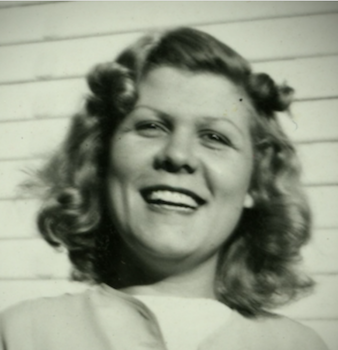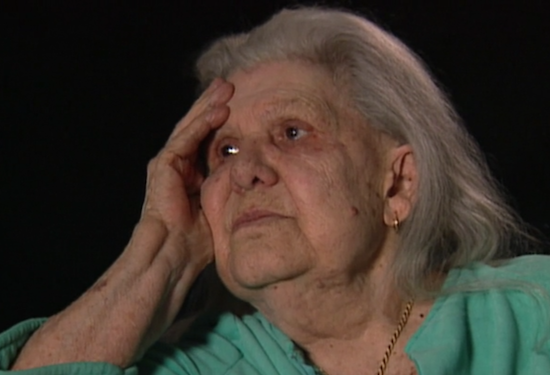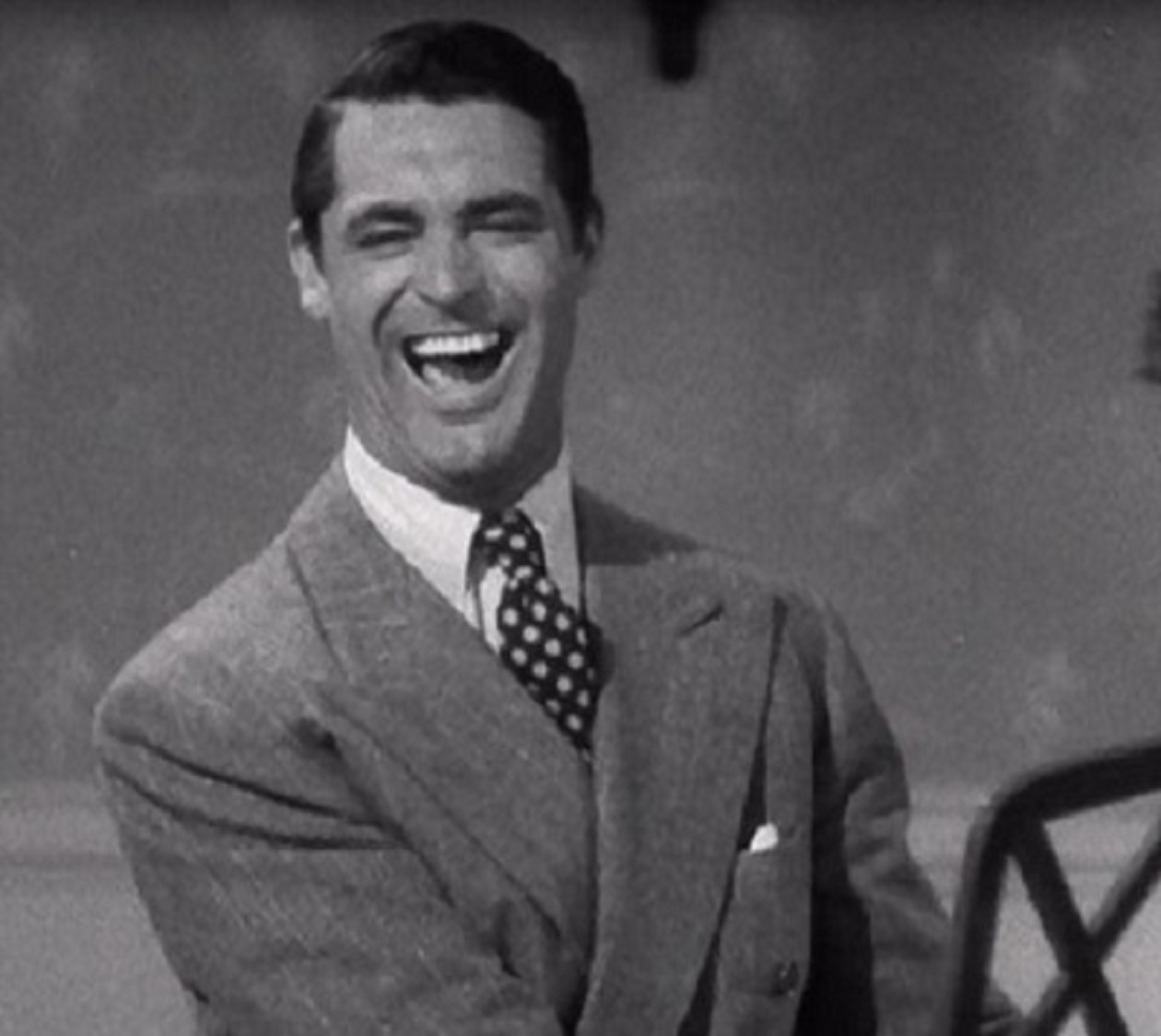Girl 27: The Rape Case MGM Covered Up–and the Woman Who Fought Back

It’s hard to watch Girl 27 (2007). I first heard Patricia Douglas’s story on You Must Remember This podcast, then read the famous Vanity Fair article about it. That a movie extra was raped by an MGM salesperson, that the studio besmirched her reputation and hushed up the story–none of that is hard to believe happened in 1937. What’s shocking is that at twenty, the victim fought back in court. When the DA dismissed the case, she took it to federal court, calling it an issue of civil rights, and holding both the alleged rapist and studio at fault. Girl 27 documents a writer’s efforts to discover what happened at MGM and in the court cases, and what became of Douglas.
The incredible courage it took for such a young woman to stand up against a studio as all-powerful as MGM was in the 1930s is difficult to fathom today; the director compares it to going against the mob. Of course, the cases ended unsuccessfully, thanks to a handsomely paid-off witness (whose daughters admit it now), a DA funded by the studio, a doctor who destroyed any possible evidence after her rape, and shadiness between the girl’s own lawyer and mother, who seem to have colluded to end the second case. The newspaper’s publication of even her address demonstrate just how thoroughly she was shamed, while the man and studio she accused remained protected.
As a film, Girl 27 assumes too much knowledge from its audience. Had I not already known the details, I would have been very confused on the court cases and the timeline, and baffled that the full story of the rape* doesn’t even come up until very late in the film. But it’s true that hearing the story for the first time from the victim was powerful: How she was lured to entertain salesmen at a stag party (clothed as a convention), when she and her peers thought they were auditioning for a film. That the women were basically presented as gifts by Louis B. Mayer for a job well done to his sales force: “These lovely girls—and you have the finest of them—greet you…” How those drunken salesmen forcibly plied Douglas with alcohol until she vomited. How one salesman then attacked and raped her in a car, and those few brave enough to verify her story took it all back.*
Writer/director David Stenn may go overboard with film clips illustrating 1930s attitude toward rape, and may include too much of himself in the film. But it’s hard to fault him too much when his story obviously brought this forgotten hero back into the limelight (he wrote the article as well), this time to appreciation and outrage at her treatment instead of public shaming. Shortly before her death, the film and Vanity Fair story seem to have given her and her estranged daughter some closure. And perhaps more importantly, the director helped ensure that her story continues. Watching Douglas report her experience shows how visceral the attack still is for her, and how thoroughly it destroyed her life.

She admits that it chilled her ability to trust or love anyone, turning her into a fearful recluse. Somehow, the saddest moments are when she talks about her skill as a dancer (her role at MGM), one more thing she left behind after that awful night. Douglas’s silence on the experience was unbroken until Stenn slowly gained her trust, 65 years after the event.
Recently, the Weinstein scandal and the #MeToo movement have given new attention to Girl 27 (which is the number on the casting list for Douglas for that infamous party). While it’s hard to imagine any justice to be gained now, at the very least the story is now doing what it should have in the 30s: celebrating the bravery of a young woman who sacrificed so much to stand up for herself and for the others who’d been tricked and damaged by powerful men.
*Since it was never tried, we will never know the alleged perpetrator’s side of the story. But certainly, the evidence given, the no-win situation she faced, and Douglas’s accounts are very convincing. But even had it not taken place, the cover-up clearly did.
